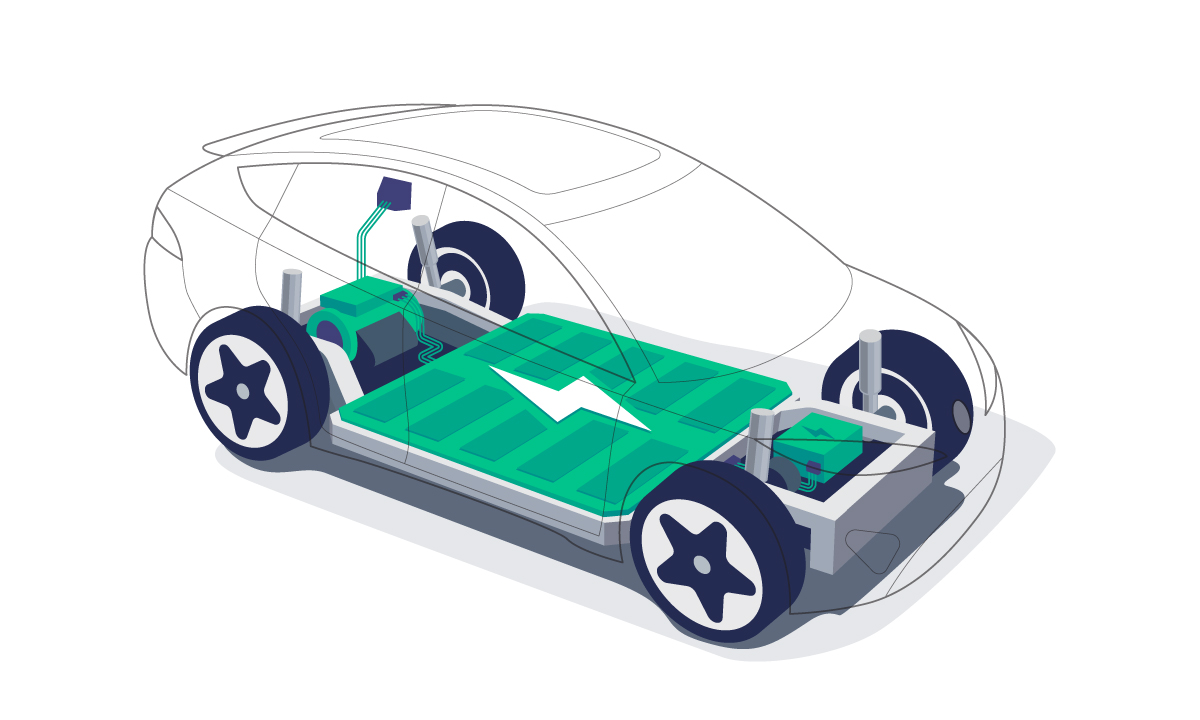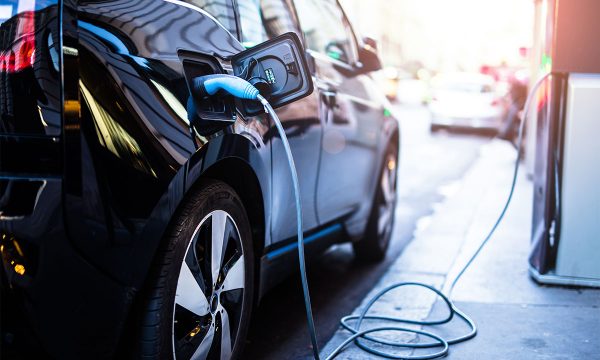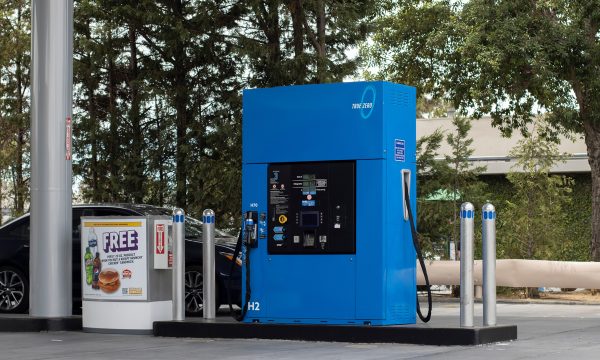 It is not an overstatement to suggest that today’s electric vehicle renaissance owes its existence to the development of the Lithium-ion (Li-ion) battery for use in portable consumer electronics devices. Its first commercial application was in a Sony camcorder in 1991. Tesla was the first to use Li-ion batteries in a production electric vehicle, with its Lotus Elise-based Roadster in 2008.
It is not an overstatement to suggest that today’s electric vehicle renaissance owes its existence to the development of the Lithium-ion (Li-ion) battery for use in portable consumer electronics devices. Its first commercial application was in a Sony camcorder in 1991. Tesla was the first to use Li-ion batteries in a production electric vehicle, with its Lotus Elise-based Roadster in 2008.
Now, Li-ion is the de facto standard energy storage technology for virtually all battery electric vehicles (BEVs) in commercial production worldwide, superseding the Nickel-Metal Hydride (Ni-MH) batteries that preceded it in hybrid vehicles, although some are still employed in that application.
Consequently, the Li-ion battery is now the one with the target on its back, as the race is on to find a better alternative to it for BEV usage. Why? Because, although it serves the function better than Ni-MH or any other current competitors, it is still far from an ideal solution.
It is heavy, it is complex to manufacture, it uses a variety of relatively rare minerals sourced substantially from countries with less than stellar democratic and human rights records, the mining and processing of those materials can be environmentally devastating, and it is very expensive.
And – oh yes! – it has a tendency toward “spontaneous thermal events” if everything about it is not just right. (Which is why General Motors advised its early Bolt customers not to park their cars indoors and NHTSA has done the same for some other BEVs).
For all those reasons, automotive OEMS, battery manufacturers and countless R&D labs the world over are hard at work trying to find the next big battery breakthrough.
Before addressing specific avenues being pursued, let’s review just how a Li-ion battery cell is constructed. A conventional Li-ion battery call comprises a positive cathode (typically a lithium/nickel/cobalt/manganese (NCM) oxide), and a negative anode (typically graphite), separated by a liquid electrolyte (typically a lithium salt solution) through which lithium ions are transferred.
As this is written, Ford, Tesla and some other automakers have confirmed their recent adoption of Li-ion batteries with lithium/iron/phosphate cathodes for use in certain models, to reduce the need for cobalt, and thus the cost—albeit with some sacrifice in energy density.
Toyota, too, is heavily invested in solid state battery development. According to a Nikkei study, the Japanese automaker holds almost three times as many patents on the technology as any other company.v
But there are bigger battery changes on the horizon, including the much-heralded solid-state battery—a term you’ve probably already heard.
In a solid state battery (SSB), the electrolyte is not a liquid but a solid—typically some form of ceramic. That is a much bigger deal than it may sound, because it is the liquid in conventional Li-ion cells that makes them so thermally “sensitive”.
Solid electrolytes tend to be more resistant to changes in temperature, as well as to physical damage during usage, which means they can potentially be made thinner and lighter, providing greater energy density with respect to both volume and mass.
According to Samsung SDI, which is one of the many companies working on SSBs, “It doesn’t have a risk of explosion or fire, so there is no need to have (as many) components for safety, thus saving more space. Then we have more space to put more active materials which increase capacity in the battery.”
Improved thermal stability also creates the potential for faster charging and greater energy capacity compared to liquid-electrolyte lithium-ion batteries.
Toyota, too, is heavily invested in solid state battery development. According to a Nikkei study, the Japanese automaker holds almost three times as many patents on the technology as any other company.
In a January, 2022 interview with Autoline, Gill Pratt, head of the Toyota Research Institute, said that Toyota is aiming to “commercialize” its solid-state batteries in the first half of this decade—initially in hybrids rather than BEVs.
Earlier this year, China’s Donfeng Motor reportedly launched a demo program of 50 EVs with solid-state technology in conjunction with Ganfeng Lithium.
In North America, Colorado-based Solid Power is at the commercial prototype stage of development, with investment from both BMW and Ford. Volkswagen has invested in California’s QuantumScape, which was an early leader in the space but now seems to have fallen behind.
Many others are also engaged in solid state battery development and there seems a high probability that they will be commercially feasible within the next five years, offering significant advantages in terms of safety, energy density and recharging capability.
By then, however, automakers and battery manufacturers will have invested multiple billions in plants to build conventional Li-ion batteries. Will they be ready to obsolete them so quickly?












